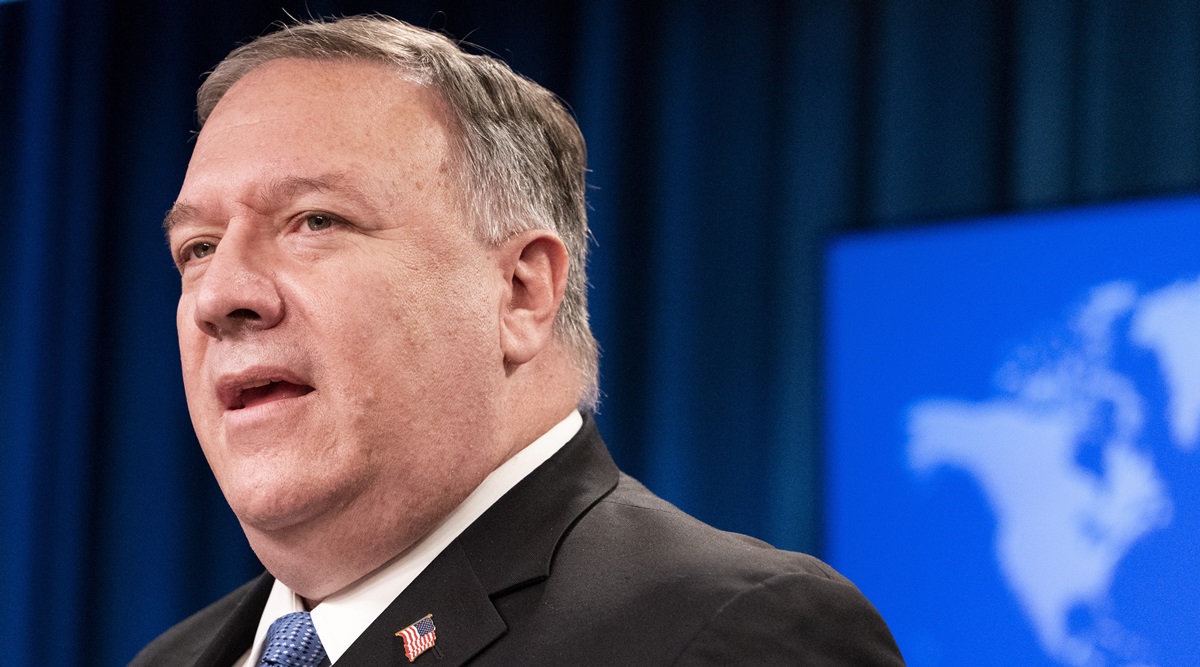Remarks made by Mike Pompeo, the former U.S. secretary of state offended the owner of a small store in Western China. Not only him but the remarks weren’t pleasing for many other people.
Mr. Pompeo had accused China of committing human rights abuses in the Xinjiang region which triggered many people including these four people who made videos to express their outrage. One of them was a small store owner, a worker in a textile company, a taxi driver, and a retiree in her 80s.

Thousands of such videos have been hitting the internet continuously. These videos are meant to look like unfiltered glimpses of life in Xinjiang, the western Chinese region where the Communist Party has carried out repressive policies against Uyghurs and other predominantly Muslim ethnic minorities and torturing them in every possible way.
There’s no sign of any official propaganda but together these videos reveal the quality of unity and coordination they have.
The New York Times and ProPublica analyzed 3000 such videos and found evidence of an influenced campaign planned by the Chinese Government.
Twitter and YouTube are playing a key part in Beijing trying to broadcast their political messages to a worldwide audience through severe and forceful methods.
Many of these videos of people in Xinjiang first appeared on a regional Communist Party news app. Then they showed up on YouTube and other global sites, with English subtitles added.

However, Western platforms like YouTube and Twitter are banned in China out of fear of spreading political messages, but now Chinese officials are using these platforms in the rest of the world to serve their purpose.
These platforms might work as high-speed propaganda pipelines for Beijing.
“I’m an Uyghur born and raised in Xinjiang” is the dialogue used in most of the videos.
In one of such clips, the owner of a used car dealership in Xinjiang says: “Pompeo, shut your mouth.”
When reached by the phone, the man said local propaganda authorities had produced the clip.

The Chinese authorities didn’t give access to the journalists to roam near the indoctrination camps where hundreds of thousands of Muslims have been sent for re-education.
The accounts didn’t upload Xinjiang videos directly to Twitter. Rather, they retweet or tweet the YouTube links related to that.
















